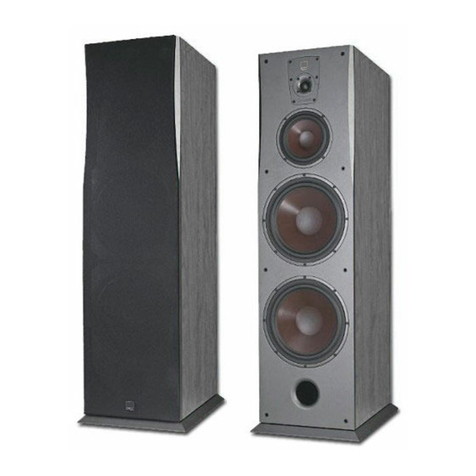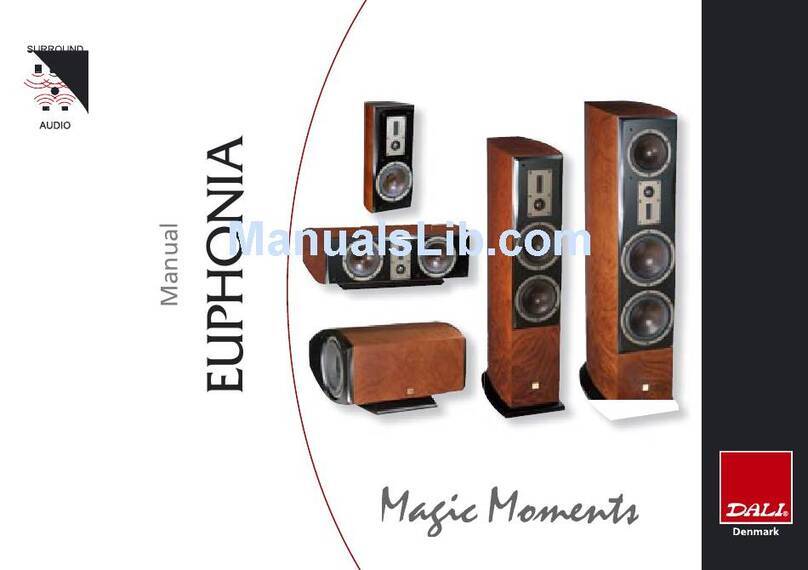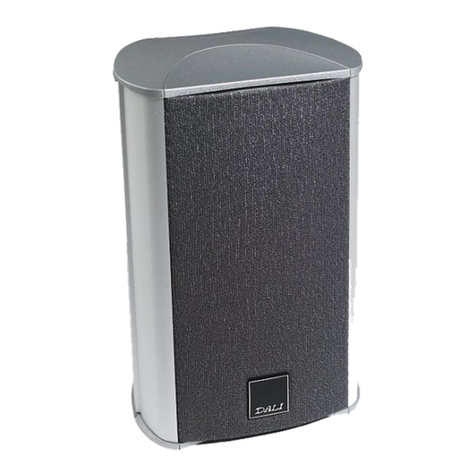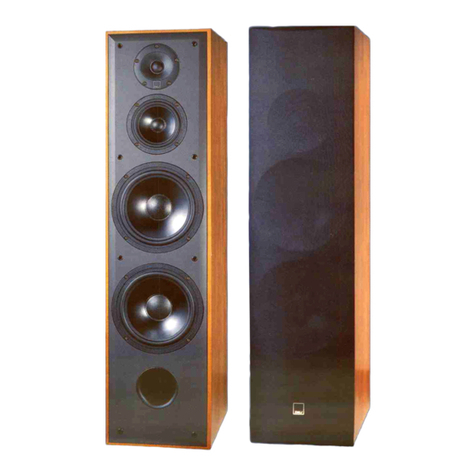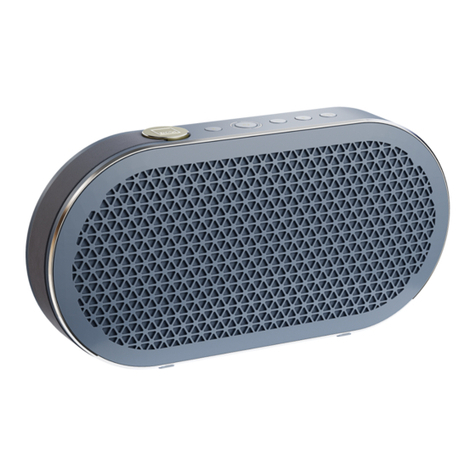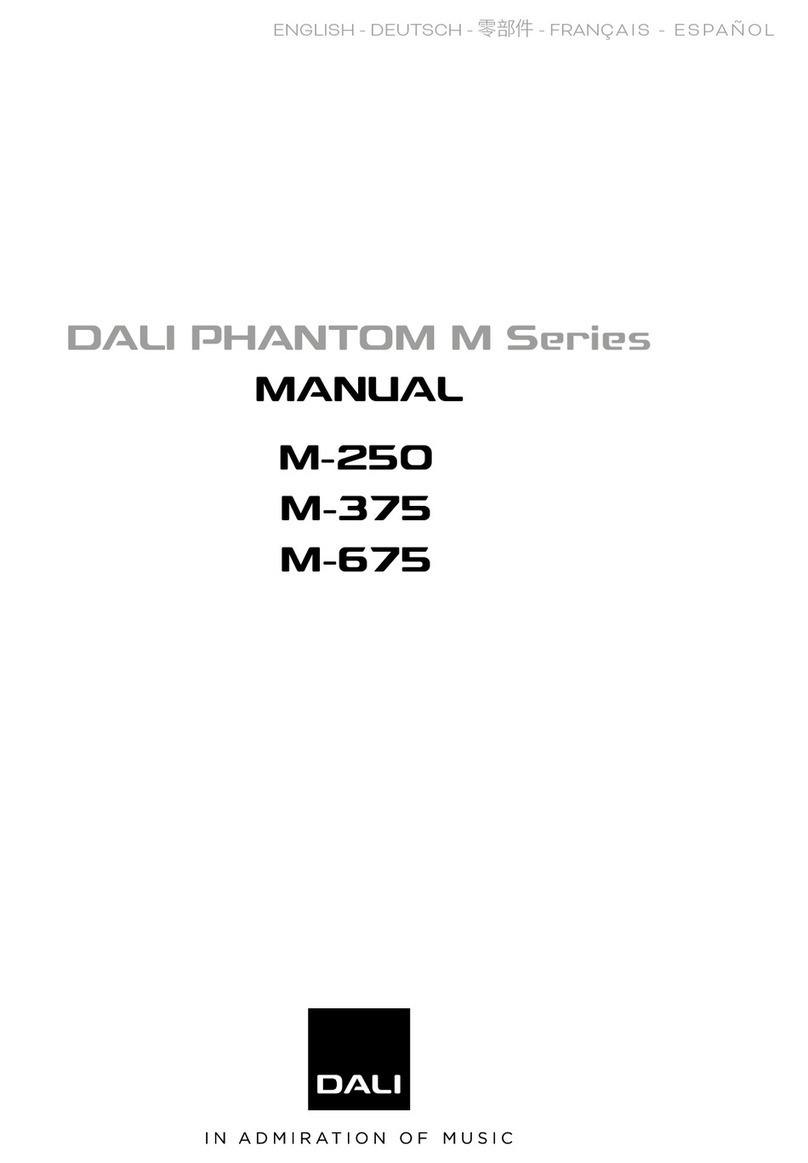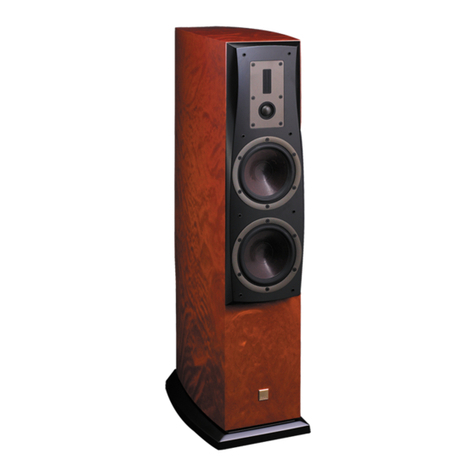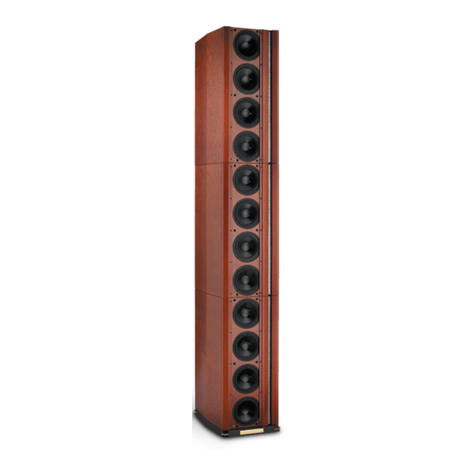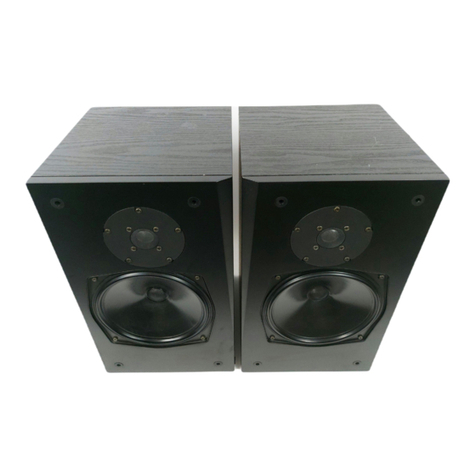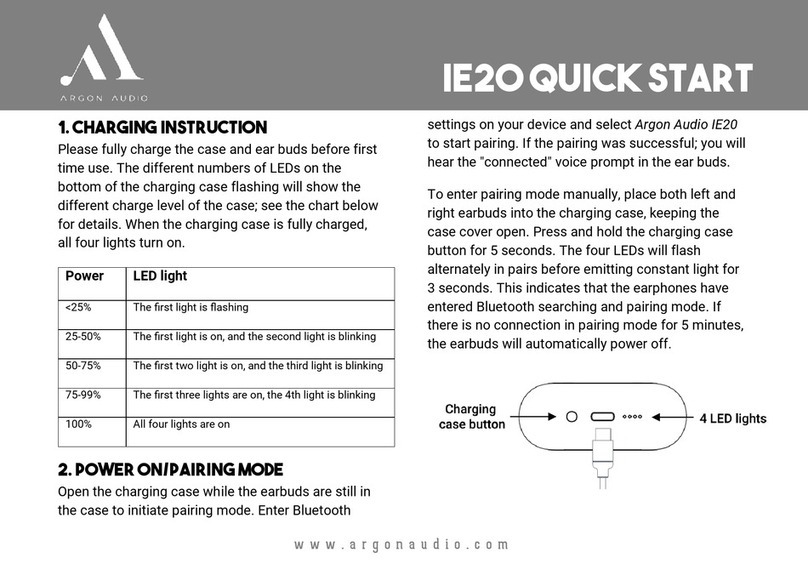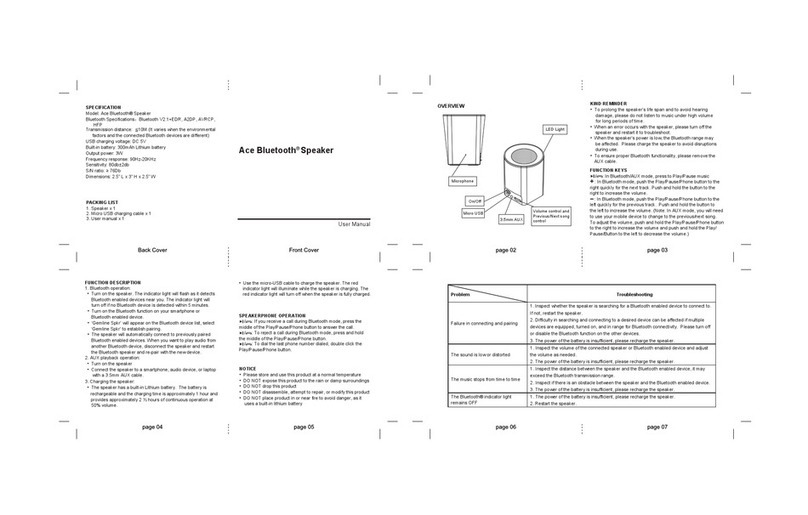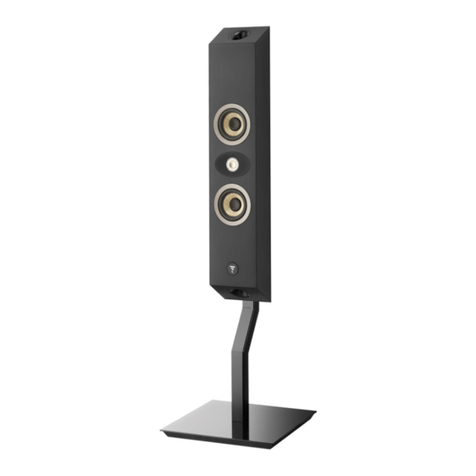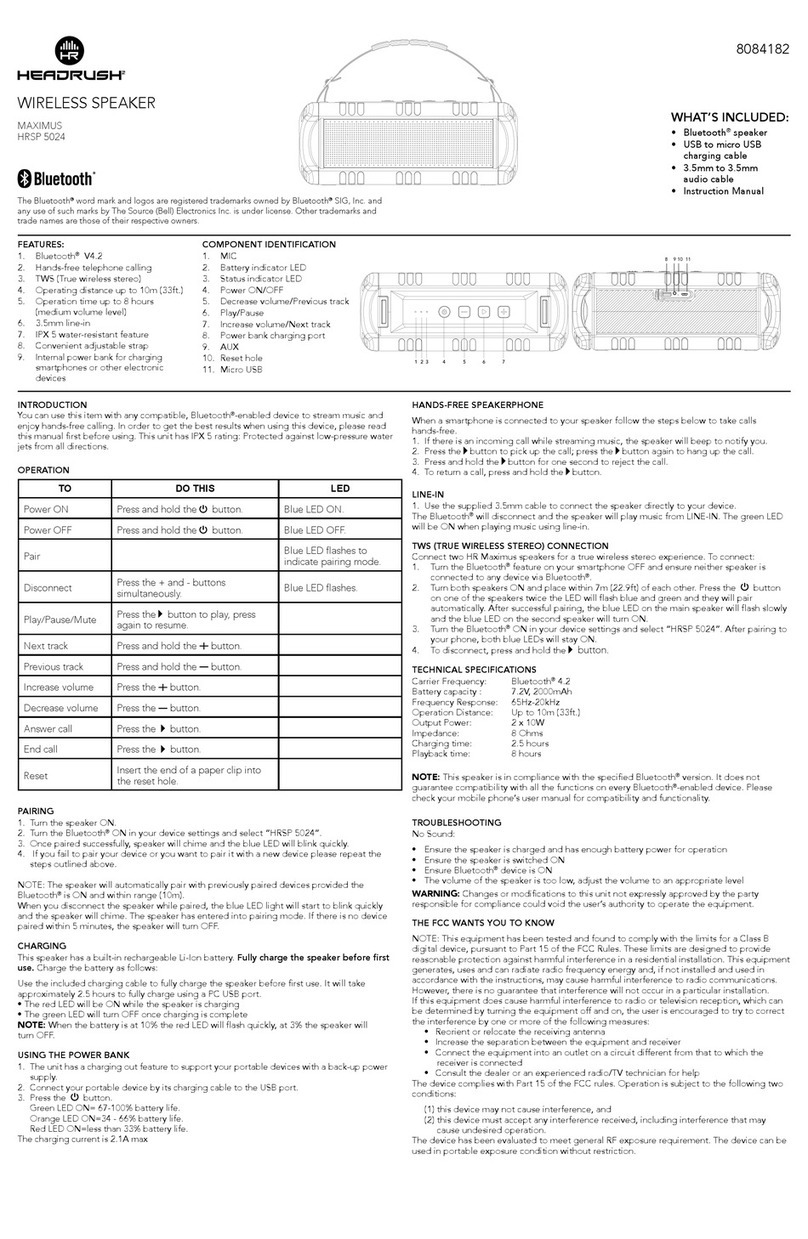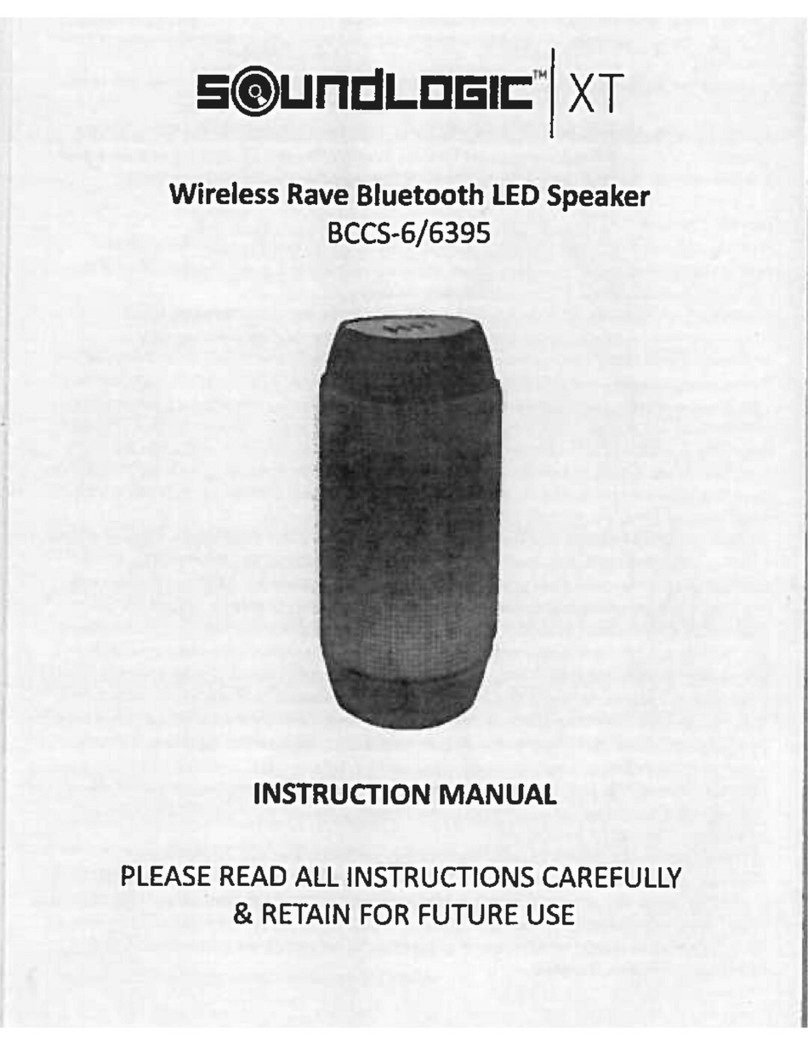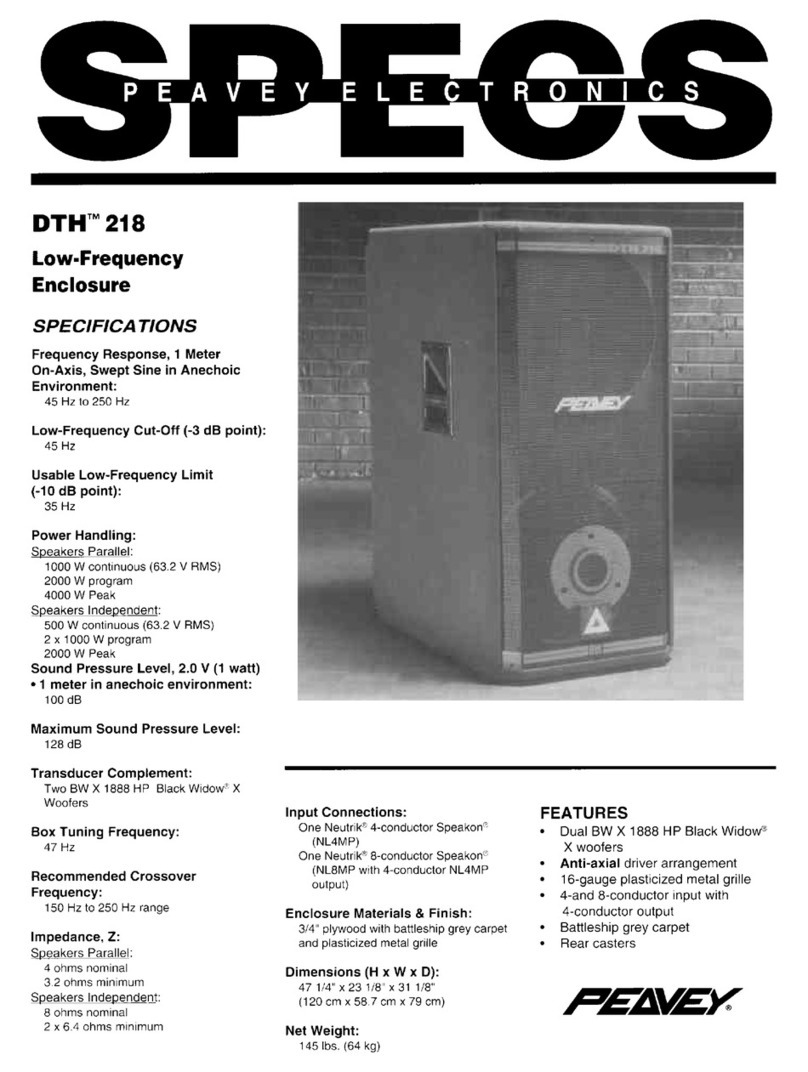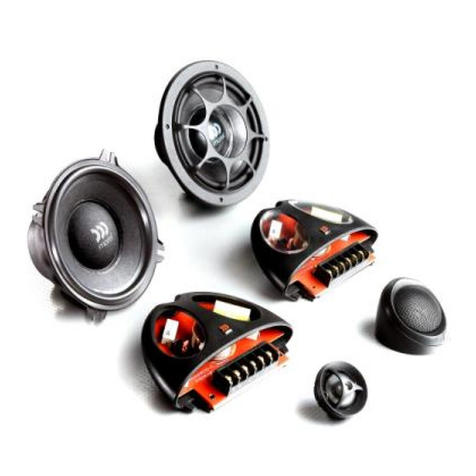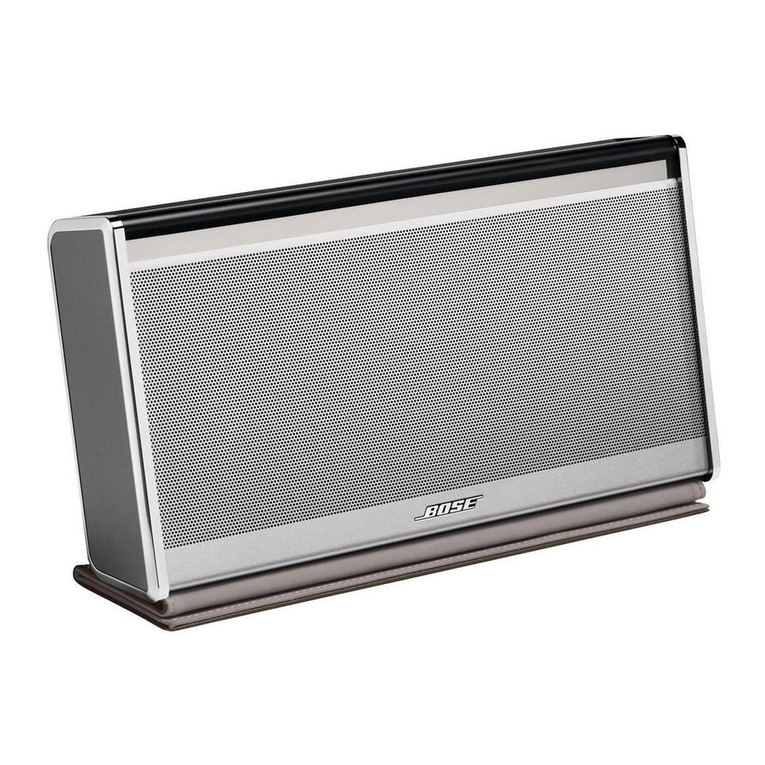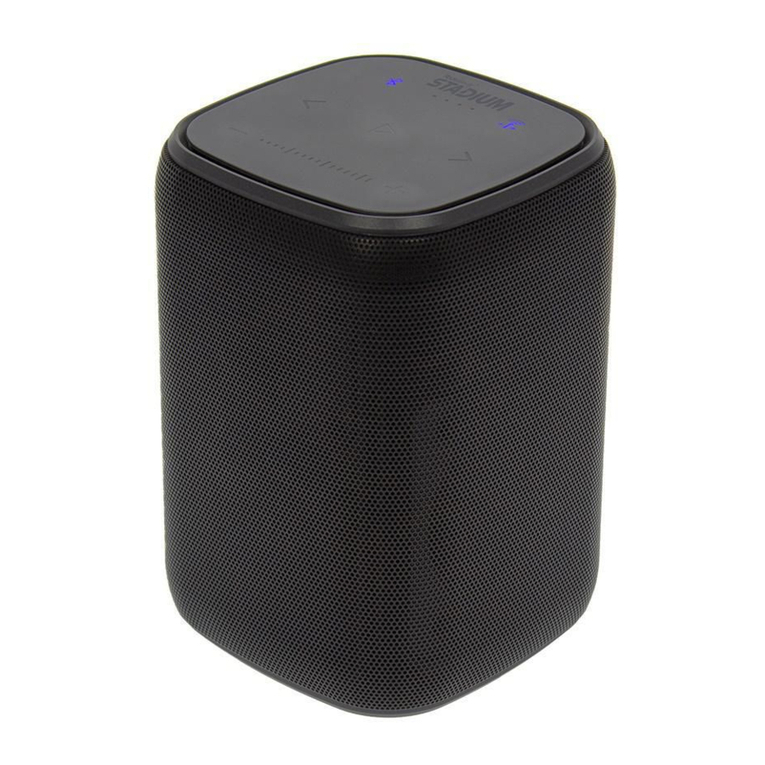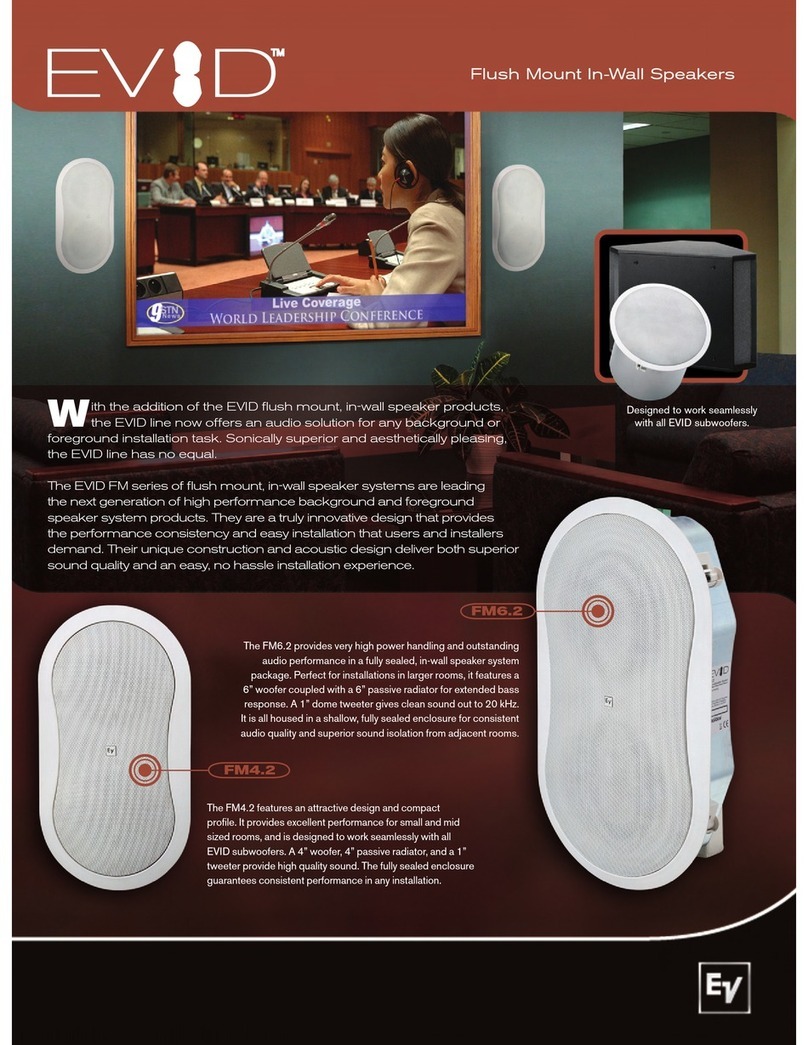
DALI Royal Scepter and Menuet are designed for positioning on a stand or
shelf. If you position the speakers on a shelf or against a wall, it is impor-
tant to ensure that sufcient room is allowed for air expelled from the bass
port at the back of the casing. Please avoid positioning the speakers on a
tightly-packed shelf or right up close against a wall (Fig. 7).
Both Royal Scepter and Menuet provide the best sound
experience when positioned at eye level - so that you can
just see over the speaker from your listening position. Should
that not be possible, however, it is a good idea to tilt the
speakers slightly, either upwards or downwards, depending
on whether their position is too high or too low. If the speak-
ers are positioned very high - e.g. on top of a high shelf -
they should be turned upside down so that the treble is at
the bottom. Alternatively, the speakers can be laid on their
side with the treble closest to the listening position.
No matter how or where they are positioned, your DALI speakers will
give you an extraordinary listening experience, but for critical listening we
recommend following the guidelines set out above.
Remember to allow room for the bass port at the back of the speakers.
7
English
Fig. 7. Positioning against wall
The listening room
Every room has its own distinctive acoustics, which inuence the way we
experience the sound from a speaker. In actual fact, it's a matter of how
the room accommodates the sound and then dampens it. You can inu-
ence the acoustics of your listening room in various ways.
Some of the sound you hear comes not from the actual speakers but from
reections from oor, ceiling and walls. These reections are dampened
by objects such as furniture, plants and carpets. If the sound is bright, soft
items such as curtains and carpets can help. If the room has large window
panes, drawing the curtains will prevent reections from the glass sur-
faces.


